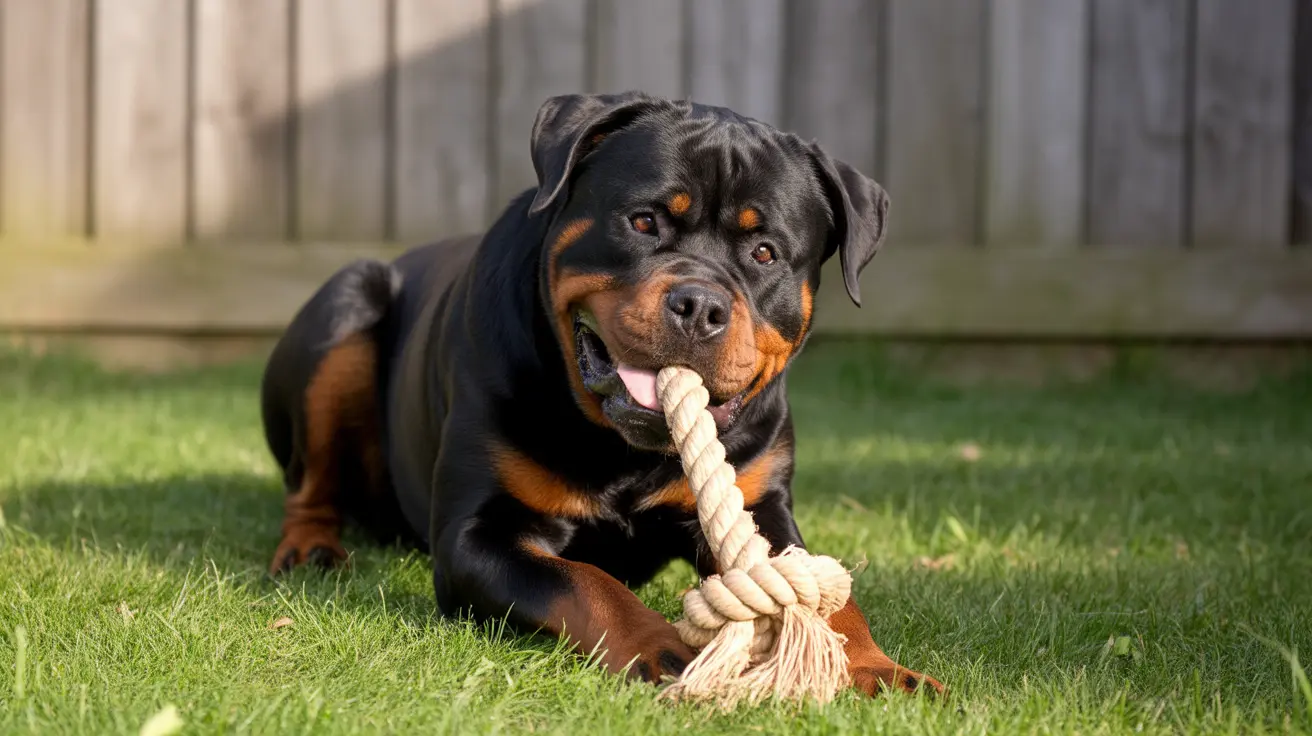Dog Breeds That Lick the Most: What It Really Means
Dog licking is a common behavior rooted in instinct, communication, and affection. While it often draws amusement or love from pet owners, excessive licking can sometimes hint at underlying medical or behavioral issues. Though no breed licks indisputably more than others, certain affectionate breeds tend to demonstrate this behavior more frequently.
Common Reasons Dogs Lick
- Affection: Dogs often lick their owners to show love or bond.
- Attention Seeking: Licking may be used to get your attention.
- Self-Soothing: Dogs experiencing anxiety or distress may lick to calm down.
- Taste: The salts in human sweat or lotions can attract dogs.
- Empathy: Some dogs lick people who appear stressed or sad.
Breeds Known for Frequent Licking
- Labrador Retrievers: Friendly and people-oriented, Labradors often lick their owners to bond and express affection.
- Golden Retrievers: Similar to Labs, these dogs are emotionally intelligent and use licking to interact socially.
- Poodles and Doodles: Intelligent and alert, these breeds often display affectionate licking behaviors.
- Cavalier King Charles Spaniels: Known for their gentle companionship, they often lick to connect emotionally.
- Chihuahuas: Though small, they tend to be intensely bonded with their owners and express this through licking.
Medical Causes of Excessive Licking
When licking goes beyond affectionate gestures, it might indicate medical problems. These include:
- Allergies: Environmental, food, or flea-based reactions lead to skin irritation and persistent licking.
- Skin Infections: Infections by yeast, bacteria, or fungi thrive in warm, moist areas.
- Pain & Discomfort: Dogs often lick sore joints or wounds as a self-soothing method.
- Nausea: Dogs lick surfaces, lips, or the air when they feel sick.
- Anal Gland Issues: Discomfort near the rear can provoke constant licking.
Behavioral Causes of Licking
In the absence of medical concerns, behavioral triggers might be the cause:
- Anxiety & Stress: Similar to nail-biting in humans, licking helps dogs self-regulate during emotional imbalance.
- Obsessive-Compulsive Disorder: Some dogs may develop compulsive licking habits that require intervention.
- Boredom: Lack of stimulation can lead to repetitive or aimless licking behaviors.
When to Be Concerned
Excessive licking may be alarming if paired with symptoms like hair loss, redness, wounds, or decreased appetite. These signs suggest it's time to consult a veterinarian. Behavioral patterns, like licking people after being touched in uncomfortable ways, can also be subtle cues indicating unease.
How to Manage and Prevent Excessive Licking
Maintaining a healthy routine and environment helps control licking behaviors:
- Proper Diet: Prevents allergic reactions and supports gut health.
- Regular Grooming: Keeps skin healthy and reduces itchiness or discomfort.
- Enrichment Activities: Puzzles, training, and play reduce boredom and stress.
- Positive Reinforcement: Use treats and rewards to create positive associations with handling or grooming.
- Routine Vet Visits: Early detection of medical issues can stop licking behaviors before they escalate.
The Takeaway
Although certain breeds like Labs and Goldens might lick more often due to temperament, every dog is unique. Paying close attention to the context and causes of licking enables owners to ensure their pets are not only affectionate but also healthy and comfortable.





